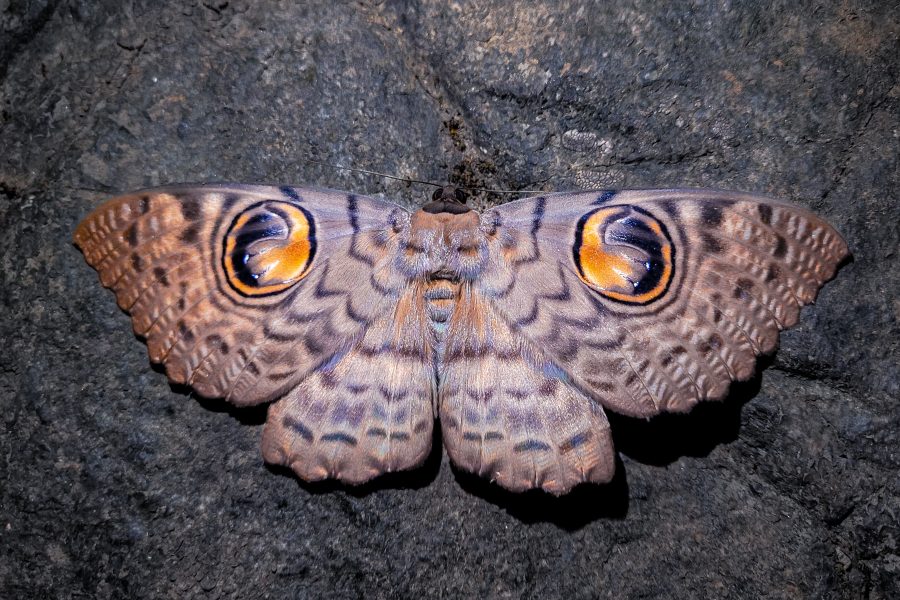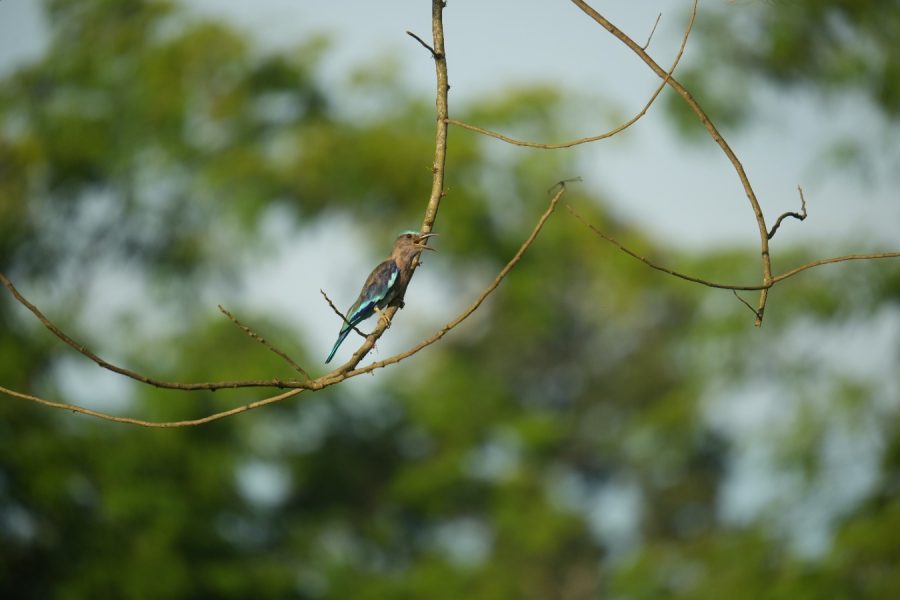Steve Koyle is the Senior Elephant Keeper at the Phoenix Zoo. We asked him a bit about his job, as well as about the work he has done with the Wildlife SOS elephants:
Many people would consider working with elephants to be a dream job. How did you end up doing what you do? Working with elephants is truly a dream job. As a young kid growing up, I always loved animals. I earned a degree in zoology from Michigan State University. Having worked with all kinds of animals, in early 2002 I applied for an elephant keeper position at the Phoenix Zoo. I am grateful that the zoo gave me an opportunity. Today, I’m very lucky that elephants share their lives with me.
What does your typical workday at home look like? Working at the Phoenix Zoo, I’m very fortunate to work with a great team. We care for three beautiful female Asian elephants. These elephants inspire me to help other elephants, which is what brought me to India and Wildlife SOS. Our normal day consists of feeding, cleaning and basic husbandry. We do routine foot care, daily enrichment and various other treatments for the elephants. We do anything that we feel will improve the quality of their lives. We owe it to all elephants.
You recently made your third trip to India…what was the purpose of your trip? The purpose of my trips to India and Wildlife SOS is to continually teach and demonstrate a different approach to elephant care. It’s a continual process where the elephants and mahouts are trained – using kindness and positive reinforcement. Each trip to India we grow together, improving the facilities, increasing our training and raising our overall standards of care… ultimately improving elephant lives throughout India.
Given their history of neglect/abuse, is working with the Wildlife SOS elephants more challenging than working with the elephants at the zoo? If so, how? Working with elephants is always challenging. Elephants are like people, only better. No two people are the same and the same can be said for elephants. So when working with elephants it’s important to keep yourself safe. Some elephants can be very loving, others not so much. Every elephant has a different background, different history and different experiences. I feel that being extremely positive and patient is a recipe for success.
[one_half last=”no”]

[/one_half]
[one_half last=”yes”]
Do you have any favorite elephants at the Wildlife SOS rescue center? I care about all the elephants at Wildlife SOS. If I were to pick one that I’m particularly fond of it would be Bhola. Bhola is the elephant featured in a lot of the Wildlife SOS flyers. He was hit on the road by a semi-truck and was very close to dead. His story, like that of most captive elephants in India, is far too common. He was almost totally blind and very afraid. His world was very small and he lashed out at anything unexpected. If anything or anyone would touch his right side (his blind side) he would react negatively. In August of 2014, I began target training him (“target training” is pictured at left). He was awesome at it. The mahouts really were surprised and embraced this training. Now, he’s focusing on the target and his world is expanding. The staff is able to treat residual wounds from the accident on his right side through target training and positive reinforcement. This I would say is my proudest moment so far at Wildlife SOS.
[/one_half]
Wildlife SOS has recently announced a campaign to rescue circus elephants. Do you anticipate any unique challenges to working with elephants who have spent years in a circus? Whenever an elephant is rescued there are always unique challenges. You never really know how they’ll respond to new situations and environments. The Wildlife SOS team is very experienced with elephant rescues. Whatever elephant is rescued by Wildlife SOS, rest assured that their life will drastically improve.
You work with Raju… how is he doing? Raju, the gentle giant. His story is well documented. He’s picked up training really well. He’s now target trained to pick up his front feet, lean the sides of his body in and put his ears out. These are the things we worked on this last November visit. He still has some lingering injuries from 50 years of abuse. However, he is being cared for and getting better. He has such a great heart; he tries so hard to work with everyone when he’s being trained and when his wounds are being treated. Truly remarkable.
Do you have plans for future visits? If so, what do you hope to accomplish? Caring for elephants is my lifelong journey. I plan on working with Wildlife SOS for a long, long time. Everyday I’m lucky to spend time with elephants and I want to do everything I can to improve their lives. I have been very fortunate to work with Wildlife SOS. I believe that ultimately, together we can change the culture of elephant care globally.




